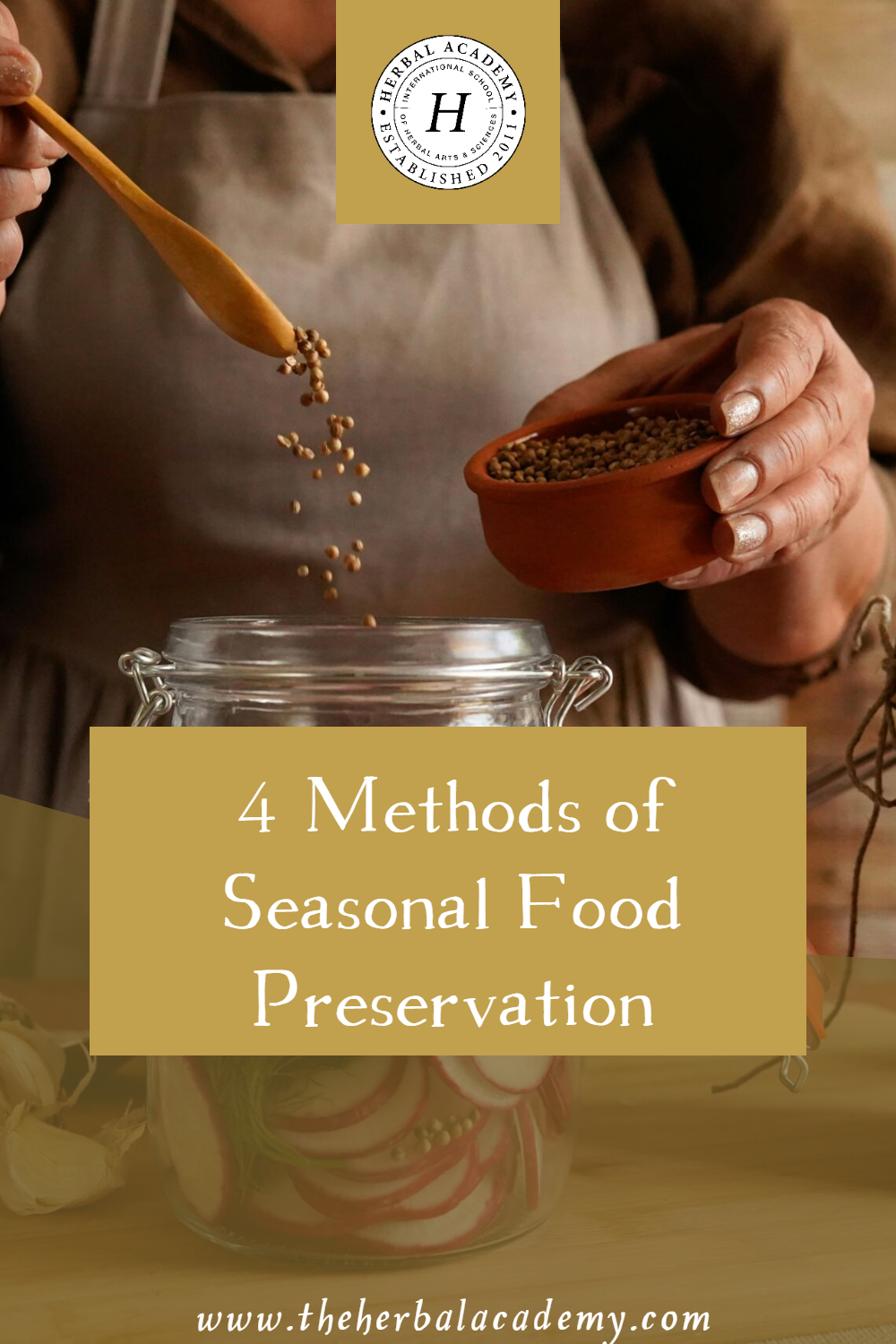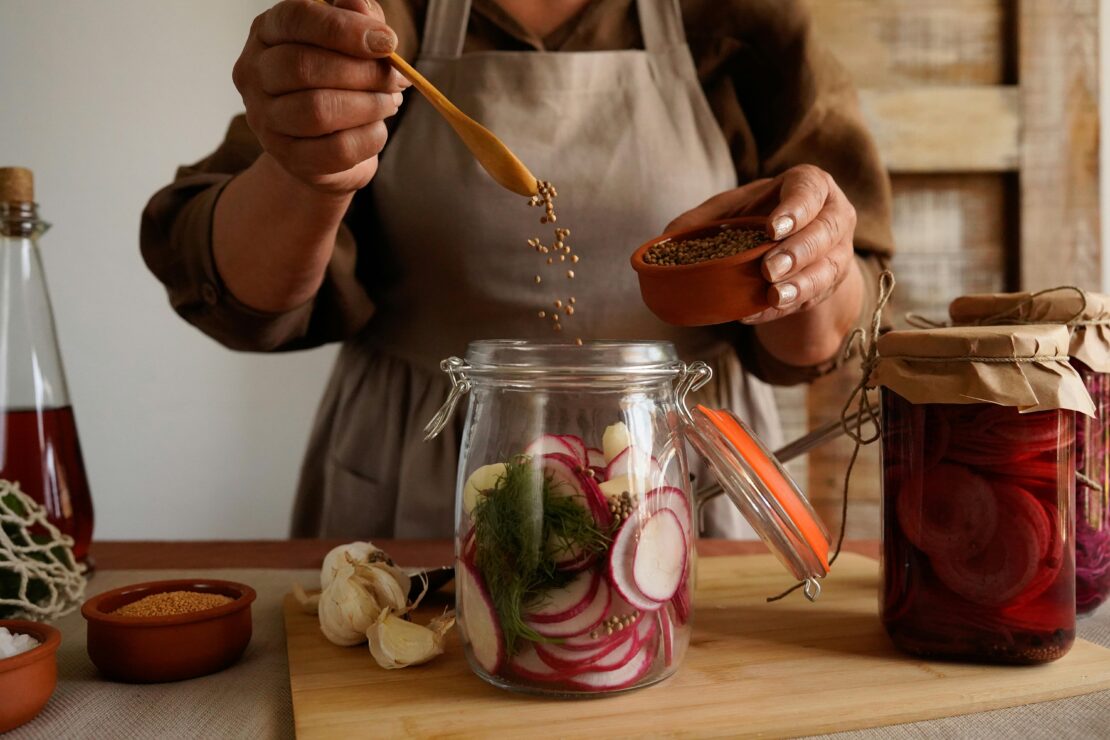
4 Methods of Seasonal Food Preservation
Eating foods that are produced locally is a wonderful way to eat well without spending a lot. Eating locally often means eating seasonally as well, and prices are often lower for fruits and vegetables that are in season. If you are open to exploring methods of seasonal food preservation, you have the option to buy more food at a lower cost upfront to use down the road. As you get started, it might take some effort to locate all of the markets and produce stands in your area, but it is well worth it for the fresh foods waiting to be had at these locations.
Local Food Options
Some farms offer CSA (Community Supported Agriculture) shares at discounted fees in exchange for labor. In this setting, a customer will be asked to help with farm tasks periodically, as part of their “pay” for boxes of produce. If a farm in your area offers such an arrangement, take advantage! This is a great way to build community as it can be very enjoyable to work alongside others planting seeds, weeding garden beds, or harvesting. It can also be a valuable experience for those who are interested in growing their own food eventually. If you get to know your local farmers and food producers, you might find that some of them are open to bartering! Perhaps you have skills in logo design, carpentry, or childcare that you can offer in exchange for fresh produce.
Many farmers will offer special deals on surplus produce, or produce that is slightly overripe and needs to be used as soon as possible. This is where food preservation comes in! Learning some basic skills on how to preserve food can allow us to take advantage of these special prices on bulk produce and store away nutrient-dense foods for the future. Local Harvest is an excellent resource for finding farms in your area.
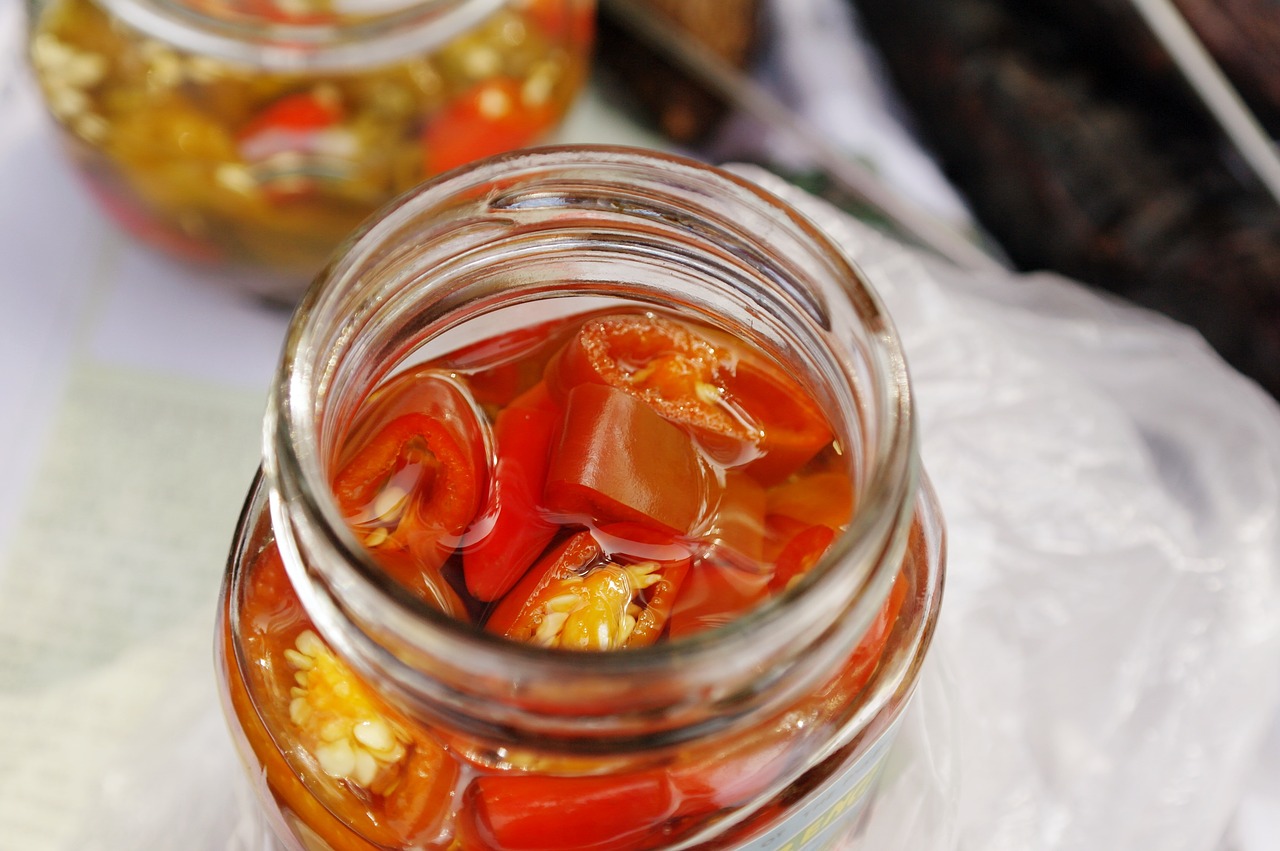
Methods of Seasonal Food Preservation
Canning
Canning jams, jellies, and pickles is a common food preservation method, and it allows you to know exactly what goes into these canned goods so that you may avoid questionable ingredients found in commercially prepared versions of these products. Canning does require an initial investment of supplies, but most of these supplies can be used over and over again, so in the long run they will save money. If you are not in a position to invest in these supplies, ask around and find out if a friend or relative is willing to let you borrow what you need.
Hosting a canning party can be a good option too, as everyone can bring supplies to share, and the resulting canned goods can be divided among friends. In earlier generations, it was common for friends and families to come together and share the work of preserving the harvest, and I believe we would do well to participate in that wise exchange of labor and skills. A lovely bonus of local food is that is has the potential to bring people together and build community. Try it out, and your canning party might become a much loved tradition among your circle of friends!
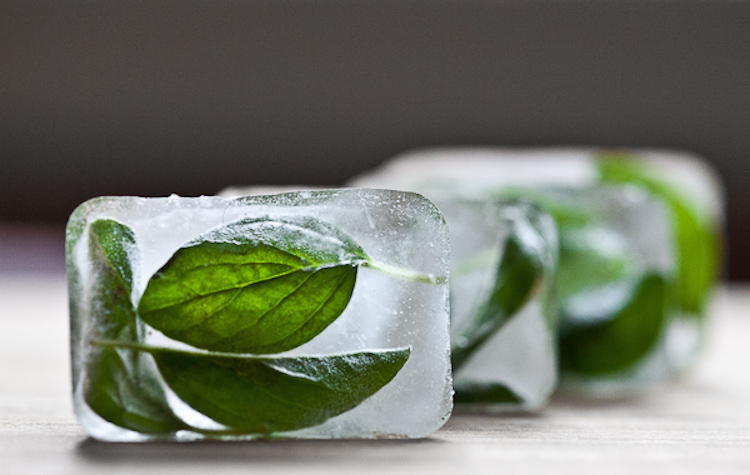
Freezing
Freezing is another very common food preservation method, and it works very well for produce, meat, and dairy. The major drawback of freezing is that it relies heavily on electricity, so there is a risk that it will thaw during a power outage. If you weigh this risk and decide it is worth it for you, freezing can be a good way to preserve many different foods, and it allows you to depend less on commercially prepared frozen foods.
For tips on Freezing Herbs, check out this article.
Drying
Drying is a method that is especially good for fruit! Dried fruit makes a convenient and healthy snack that is easy to carry with you to work or school, or while traveling. If you eat meat, making your own jerky is another great way to put this preservation method to use. Drying food can be accomplished using a food dehydrator, but if you do not have one, you can use your oven on the lowest setting to dry foods. If you use the oven, watch the food carefully so it does not burn as this method will be much faster than a dehydrator.
Visit this article for tips on Drying Herbs.
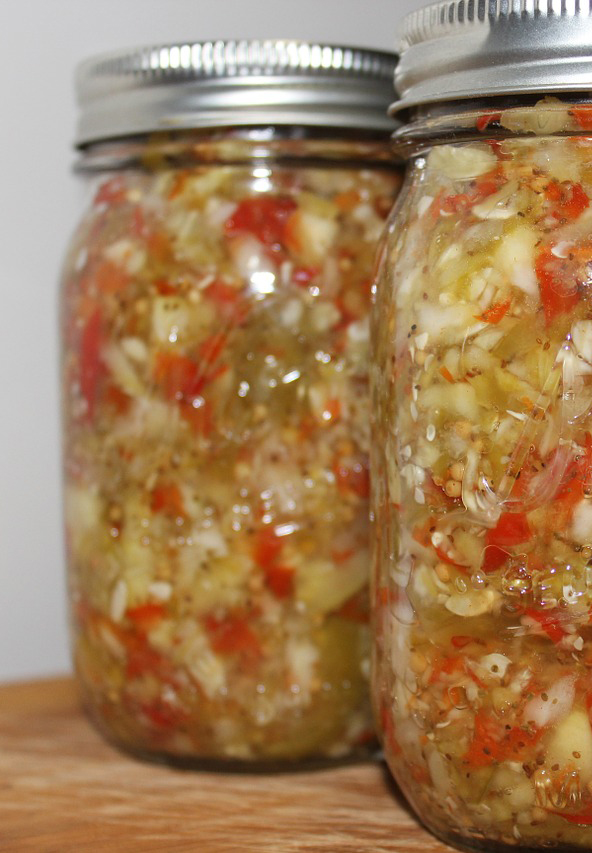
Fermenting
Fermentation is an ancient skill that has recently been experiencing a comeback. As modern people learn more about the huge benefits offered by fermented foods, it has gained popularity once again. Just a few generations ago, fermenting was still a main preservation method, before modern canning became common.
Fermented foods are extremely high in beneficial bacteria, and therefore they can help us gain and maintain better gut health. Since many current health concerns center around a lack of gut health, it is crucial to eat foods that support digestion, as good digestion supports overall health.
If you have a good local dairy, high-quality milk can be fermented into healthy yogurt. Fermenting bread dough by using sourdough starter instead of commercial yeast breaks down the phytic acid in grains, which may make some nutrients slightly more bio-available and may make the bread much easier to digest for some. Wild Fermentation by Sandor Katz is a good addition to your bookshelf if you are just getting started in fermenting your own foods. To learn more about sourdough baking and the health benefits it can offer, read The Vintage Remedies Guide to Bread by Jessie Hawkins.
For detailed instructions on any of these preservation methods, go to The National Center for Home Food Preservation.
Ball Canning offers many recipes and tips as well.
King Arthur Flour has a great tutorial on culturing your own sourdough starter.
It can be difficult to know where to start when we decide to seek out local foods to add to our diets, and it might feel overwhelming at first! But it is well worth it because the benefits are numerous, not just for our health, but for the community we find when we take part in our own local food systems. Choosing one or many of these seasonal food preservation methods is a wonderful way to start enjoying the benefits of local food in and out of season – all while saving money in the long haul!
